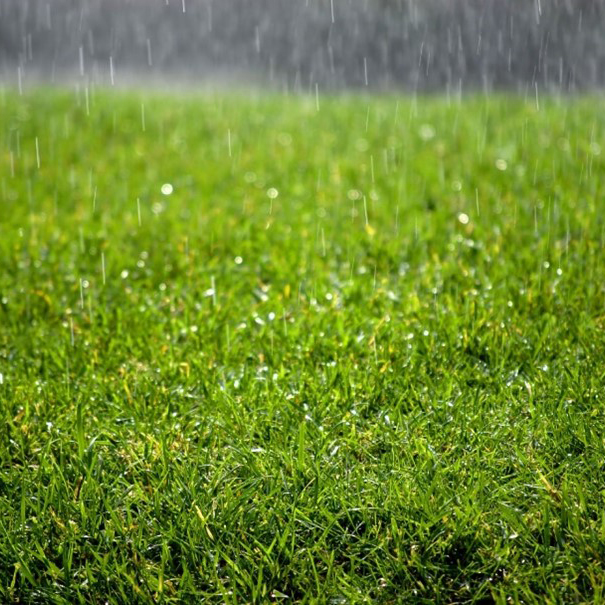As the temperatures drop and the snow begins to fall, many homeowners may be wondering if their lawn will survive the harsh winter months. While natural grass can be beautiful, it can also be difficult to maintain during the winter. On the other hand, artificial grass has become a popular alternative for homeowners looking for a low-maintenance lawn that can withstand the cold. In this blog post, we’ll be taking a closer look at the pros and cons of real and artificial grass in the winter, and help you decide which is the best option for your lawn.
1- Real Grass: The Pros
2- Real Grass: The Cons
3- Artificial Grass: The Pros
4- Artificial Grass: The Cons
Real Grass: The Pros
Natural grass is a beautiful and natural addition to any yard. It’s soft to the touch, and can provide a nice, green space for you and your family to enjoy. Real grass also provides a natural environment for wildlife, and can help to improve air and water quality. Additionally, real grass can help to cool your home by providing shade and reducing the heat island effect.
Real Grass: The cons
While natural grass can be beautiful, it can also be difficult to maintain during the winter. Cold temperatures, snow and ice can damage the blades of grass, leaving your lawn looking patchy and brown. Additionally, heavy snowfall can cause the grass to bend and break, making it difficult to recover in the spring. Furthermore, real grass requires regular maintenance such as mowing, fertilizing, and watering, which can be difficult during the winter months.

Artificial Grass: The pros
Artificial grass is a popular alternative for homeowners looking for a low-maintenance lawn that can withstand the cold. Artificial grass is made from synthetic fibers that are designed to look and feel like real grass, without the need for regular maintenance. Additionally, artificial grass is resistant to damage from snow and ice, and can be used all year round. The artificial grass product can also help to reduce water usage, which can be beneficial during the dry winter months.
Artificial Grass: The cons
While artificial grass can be a great option for many homeowners, it does have some downsides. One of the biggest cons is that it does not provide a natural environment for wildlife. Additionally, artificial grass can be quite expensive to install, and may not be the best option for homeowners on a budget. Additionally, artificial grass can get hot in direct sunlight, which can be uncomfortable to walk on during the summer months.
In conclusion, both real and artificial grass have their own set of pros and cons when it comes to winter maintenance. Real grass can provide a natural and beautiful lawn, but it can be difficult to maintain during the winter. Artificial grass, on the other hand, is a low-maintenance option that can withstand the cold, but it does not provide a natural environment for wildlife and can be expensive to install. Ultimately, the decision between real and artificial grass will come down to your personal preferences and budget. If you are looking for a climate-resistant product, you can choose Merci.

FAQ
İlkesport, the best artificial turf producer in Turkey, offers the best service with the highest quality materials. If you want to experience this awareness, you can call us immediately or send a message on whatsapp.
When buying artificial turf in winter, it is necessary to choose a product that provides the best water resistance. Polyethylene artificial turf is a suitable artificial turf for winter.
Artificial grass prevents slips in winter as it is water and frost resistant. This reduces the risk of falls and injuries. It is also very easy to clean.








